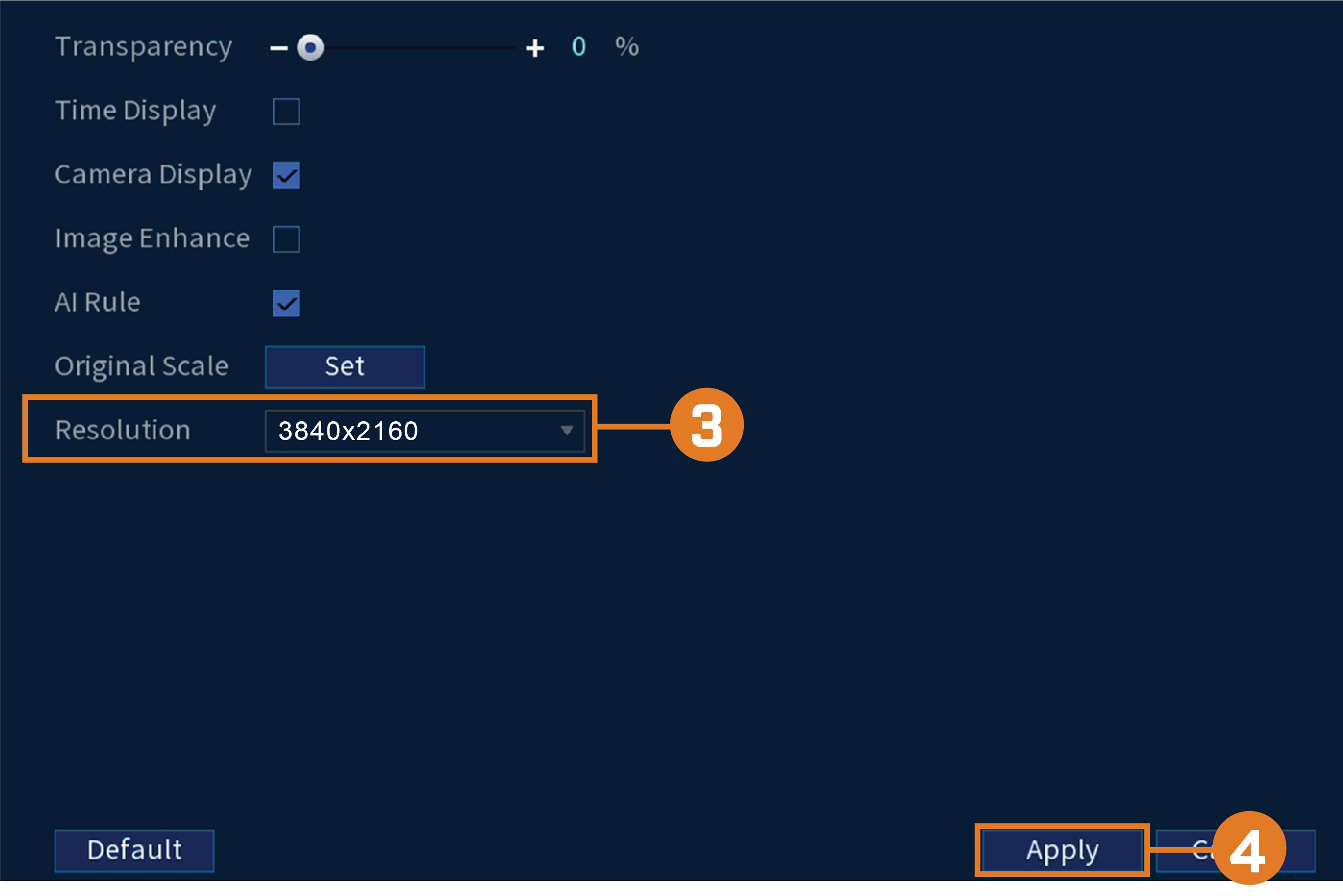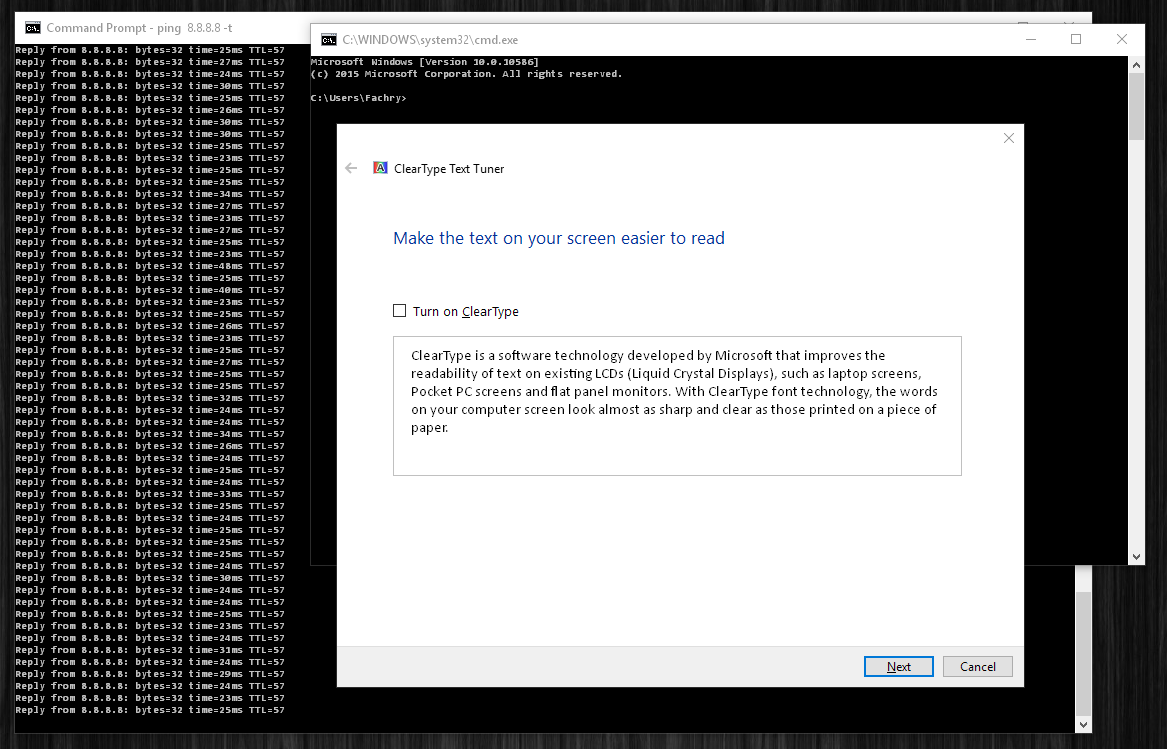
- #Recordit on extended monitor how to
- #Recordit on extended monitor windows 10
- #Recordit on extended monitor Pc
Windows will recommend an orientation for your screen. To see available options, in Settings, select System > Display.

Change display optionsĪfter you're connected to your external displays, you can change settings like your resolution, screen layout, and more. Test your new layout by moving your mouse pointer across the different displays to make sure it works like you expect. When you're happy with the layout, select Apply. Do this with all the displays you want to move. In Display settings, select and drag the display to where you want. This is helpful if you want your displays to match how they're set up in your home or office. If you have multiple displays, you can change how they're arranged. If you connected another display and it isn't showing in Settings, select Start > Settings > System > Display > Multiple displays > Detect. A number appears on the screen of the display it's assigned to. Select Settings > System > Display > Identify. To see which number corresponds to a display, select Start, then search for settings. Each display will be numbered to help you identify them more easily. You'll see this option when Windows detects more than one display. After connecting your wireless display adapter to your TV, go to your Windows 11 PC, press Windows logo key + K to open Cast, then select your wireless display adapter.
#Recordit on extended monitor Pc
This keyboard method works for two or more monitors, and once a window reaches the end of the last monitor in the chain while moving it, the window will wrap around and appear on the first one.Tip: If you're using a wireless display adapter, connect to an HDMI port on newer TVs, then wirelessly connect your PC to it. If you want to move a window to a display located to the right of your current display, press Windows + Shift + Right Arrow.If you want to move a window to a display located to the left of your current display, press Windows + Shift + Left Arrow.
#Recordit on extended monitor windows 10
Windows 10 includes a convenient keyboard shortcut that can instantly move a window to another display without the need for a mouse. Move Windows Using The Keyboard Shortcut Method To move it back to the first display, drag the window back in the opposite direction.

The window will move to the other screen. Click the title bar of the window you’d like to move, then drag it to the edge of the screen in the direction of your other display. Once you know that you’re using Extend mode, the most obvious way to move windows between monitors is by using your mouse.
#Recordit on extended monitor how to
RELATED: How to Use Multiple Monitors to Be More Productive Move Windows Using the Drag and Drop Method

If the color of an app looks different depending on which monitor it’s on, you’ll need to tweak the settings so that colors match across all your monitors. Be sure to check the game or application’s graphics settings for any options related to multiple displays. Note that if you plan to manage full-screen apps like games across multiple monitors, the game or app itself may have its own multi-display settings within the program. Select “Extend” by clicking or using the arrow keys and the Enter key. To enable Extend mode, press Windows+P to open up the “Project” menu. Extend mode spreads your desktop between all of your available displays, so it’s like having one gigantic virtual workspace. To move windows between multiple monitors, Extend mode must be enabled.


 0 kommentar(er)
0 kommentar(er)
